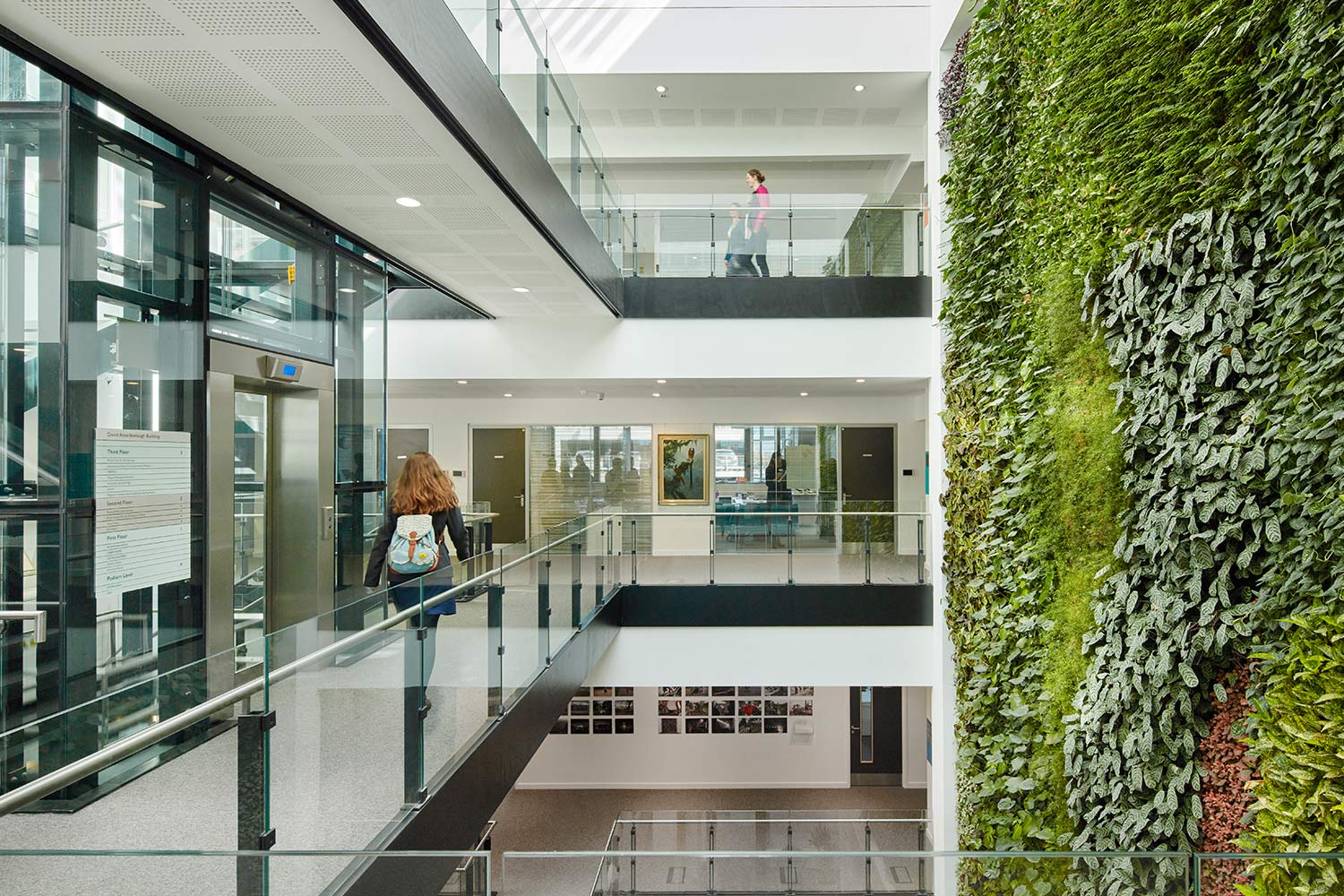Retrofitting is the process of making additions to or alterations of existing structures. In the context of buildings, retrofitting would involve making modifications to the existing building stock in an attempt to make it more energy-efficient, reduce its seismic vulnerability or adopt it as a component of hazard mitigation in general. It is important to note that buildings in India consume around 32% of the energy generated, contributing to around 22% of the annual GHG emissions.
Higher standards of living and the concomitant purchase and use of energy run appliances has continued to raise the Heating, Ventilation, Air Conditioning System (HVAC) load- responsible for the majority share of energy consumption in a building, with existing buildings consuming more than the total amount of electricity estimated to be used by buildings that are to be constructed in the next twenty years. This makes a strong case for retrofitting existing buildings. While the merits of retrofitting buildings by reinforcing and strengthening existing capacity have been undisputed, the challenge is to scale the benefits and make them more inclusive. The ability to make and enjoy homes that are resilient, safe and energy-efficient should not be a privilege of the few.
In this Policy Brief, we have studied the current scope of retrofitting buildings in India and suggested foolproof policies that can enhance the benefits of retrofitting while heeding its potential for social and economic equity.

